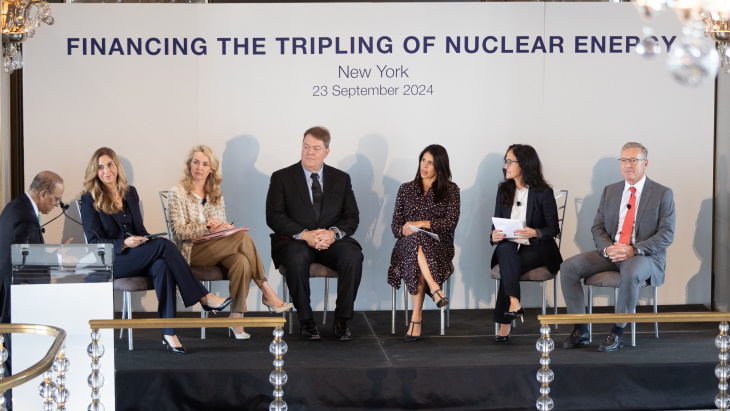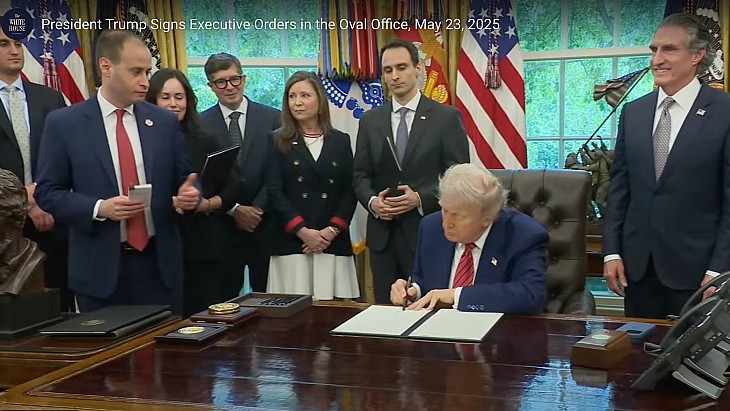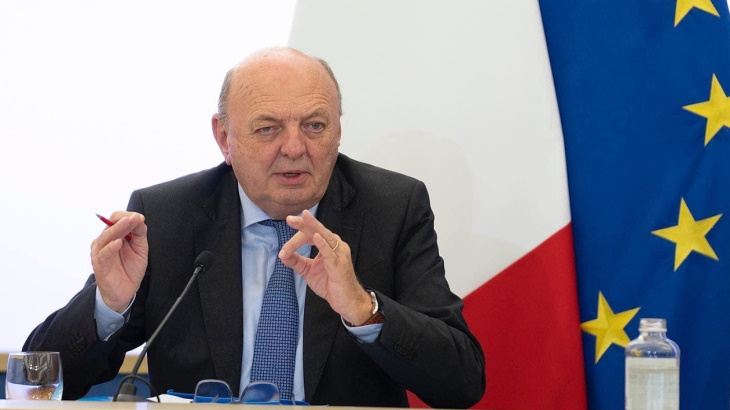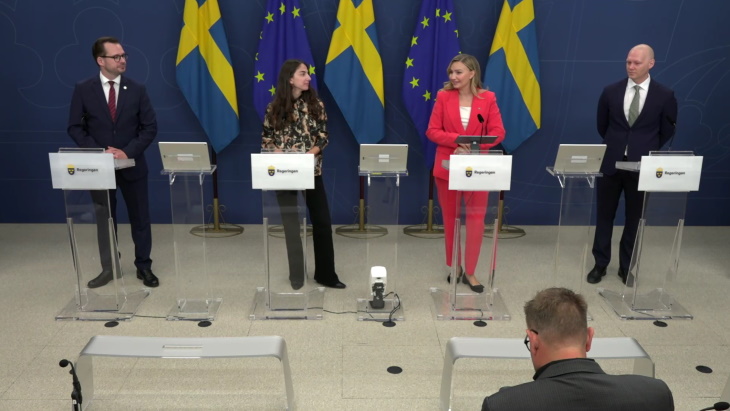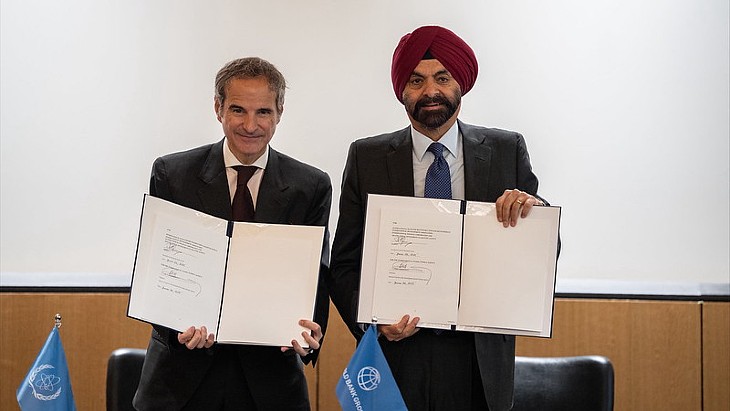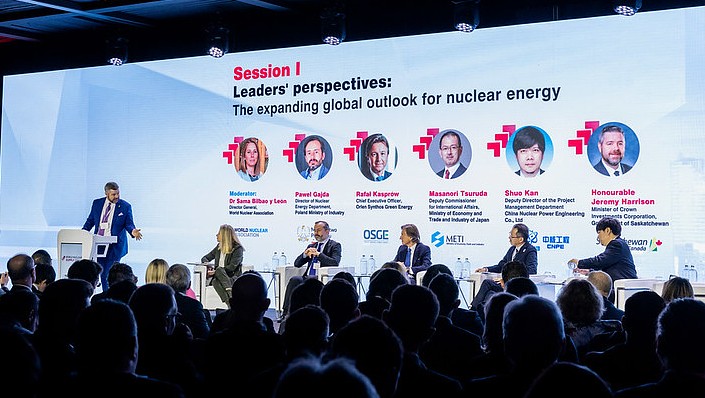USA, South Africa sign nuclear R&D agreement
South Africa's Pebble Bed Modular Reactor and the USA's Next Generation Nuclear Plant have been identified as a potential area for cooperation between the two countries after they signed a new nuclear energy research and cooperation agreement.
South Africa's Pebble Bed Modular Reactor (PBMR) and the USA's Next Generation Nuclear Plant (NGNP) have been identified as a potential area for cooperation between the two countries after they signed a new nuclear energy research and cooperation agreement.
The bilateral Agreement on Cooperation in Research and Development of Nuclear Energy was signed in Vienna on 14 September by US energy secretary Steven Chu and South African minister of energy Dipuo Peters. Its aim is to facilitate cooperation in advanced nuclear energy systems and reactor technology, and will see the two countries collaborate in R&D of advanced reactor technologies as well as expanding efforts to promote and maintain their nuclear science and engineering infrastructures. The agreement follows on from discussions between the presidents of the two countries during July's G8 summit and further bilateral discussions in August.
USA, Morocco, Iceland sign safety agreements
The USA has signed cooperation agreements aimed at improving efforts to counter the threat of nuclear and radiological terrorism with Morocco and Iceland. The statements of intent were signed on behalf of the US National Nuclear Security Administration (NNSA) and the Moroccan National Centre for Nuclear Energy, Science and Technology, and the Iceland Radiation Safety Authority, respectively, at the IAEA General Conference in Vienna. They outline mutual commitments aimed at minimising the actual or potential radiological consequences to health, environment and property of an event involving nuclear or radiological materials worldwide, and according to NNSA will also help to promote international nuclear and environmental safety and security. |
The US Department of Energy (DoE) has identified R&D connected with the PBMR and NGNP, both high temperature gas-cooled reactors, as a potential area of cooperation. Under the NGNP initiative, DoE is seeking to develop, in partnership, a Generation IV high-temperature gas-cooled reactor as its leading concept for developing advanced power systems both for electricity and hydrogen production on a very large scale. The PBMR is already closely linked to the NGNP through previous R&D deals with the DoE.
The PBMR has its origins in German high-temperature reactor research dating back to the 1960s, and South Africa has been pursuing the concept since the early 1980s. The South African government, Westinghouse, Eskom and the SA Industrial Development Corporation have invested some 7 billion rand ($860 million) in the project since 1999, and a demonstration plant had been planned to be in operation by 2018, although PBMR Ltd CEO Jaco Kriek recently admitted that current financing constraints meant the target date would slip.
In a DoE press release, Chu reiterated his belief that nuclear energy has a major role to play in the world's energy future. "This agreement reflects our commitment to a new, clean energy economy and strong partnerships with nations around the world to address our shared climate and energy challenges," he said.
